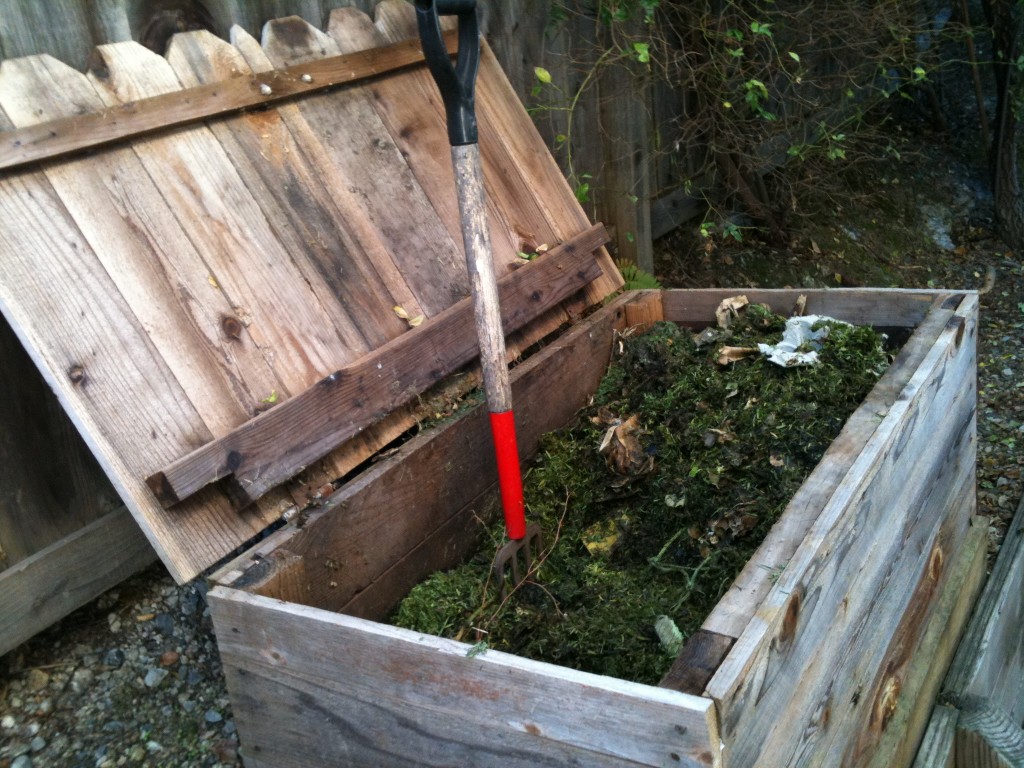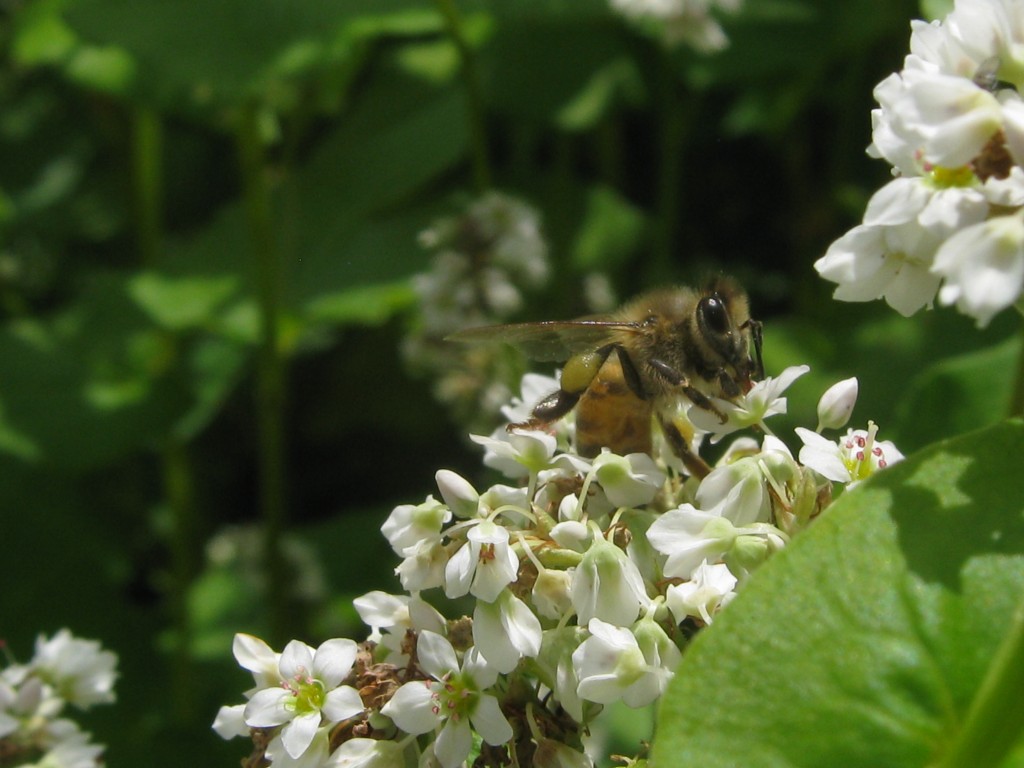Preparing Your Vegetable Garden for Winter
Originally posted by Mary Lou Shaw for Mother Earth News
Every gardener probably has a different version of the “best” way to prepare a backyard garden forthe winter. Because our Ohio garden is large, and each year is different in climate and crops, I findthat our garden goes into each winter with a little different variation of preparedness. Winter preparations occur over several weeks, but perhaps the following suggestions will give you ideas that you can try now and in the years ahead.
One thing that most gardeners will agree upon is that it’s worth the effort to clean out all the old annual plants. Some of the vines and climbing plants will die on their own and can be hauled to the compost by now. Others like tomatoes will wait for a hard frost to die. I’m in no rush to clean out crops if I can still get some green tomatoes or a sweet pepper or two. However, when the season is over, cleaning out the dead plants prevents the build-up of disease and harmful insects. The heat of composting will kill them.
The dead plants and weeds that you clean out from your garden in the autumn become valuable additions to your compost. Don’t worry about knocking all the soil off the roots. Soil contains microbes that will boost the decomposition of your compost. The compost recipe is “two-parts brown and one-part green. Dried leaves, pine needles can be added to the dead plants to provide the “brown.” Kitchen waste, grass and still-green plants will help provide the “green” component of your compost recipe.
If you don’t have room for a compost pile outside your garden area, consider digging trenches in your garden where you can bury this debris along with the other compost ingredients. After one trench is filled and one area of your garden cleaned out, dig another trench for the next area. This will compost and enrich your soil for the next year.
There are lots more options for your garden before you say good-bye to it until next spring. For one thing, if you plan ahead, your garden can continue to provide food through much of the winter. Kale and collards can be planted in the heat of A
The garden is also a good place to create a “root cellar” of sorts. Plants don’t have to be deep in the soil to be protected from the cold. If you have cabbage in the garden that you would like to save for the winter months, dig it up now with the roots attached. Next, dig a hole to put it in, head-first, with the root sticking out to mark the spot. (You might also want to mark the spot with a stake in case you have high snow). When you dig it up this winter, you can remove only the outside leaves and have a perfect cabbage. Potatoes and carrots can also be dug now and preserved with a mound of straw and dirt above them.
Depending on where you live, you might still have time to put in some plants for next year. Spinach is planted four to six weeks before frost and then covered with straw for a late winter or early springtime treat. It’s time right here to plant garlic, rhubarb and shallots for next year’s harvest.
Some people say that soil should not lay bare through the winter because top soil will be lost to erosion. The best solution for this is to plant a cover crop (see the photo for an example of a buckwheat cover crop as well as compost rows). Cover crops can do more than hold your soil in place. Some plants can also serve as “green manure” when tilled back into the soil next spring. You want crops that will break-down readily, and buckwheat and rye serve this purpose well.
Another purpose of cover crops can be to enrich the soil while they hold it in place. Legumes do this best because their roots have nitrogen-fixing nodules. Red clover is my favorite for this purpose because its stems don’t contain silicone and therefore breakdown readily in the soil in the springtime. Other clovers are difficult to get rid of when you’re ready to plant your crops.
The granddaddy of all cover crops is a mixture of buckwheat, red clover and turnips. The buckwheat feeds the bees, holds the soil in place, suppresses weed growth and breaks down readily after a frost. The red clover enriches the soil, suppresses weeds and also helps to hold the soil. And the turnips? After the buckwheat dies, you can protect them with a bit of straw and have turnips to eat throughout the winter!
I have one more way that I am getting our garden ready this fall, but it is next springtime that I have in mind. Last spring was so wet right up into June that it was difficult to get into the garden to plant seedlings. The only parts of the garden that I was able to plant were the rows that I had already laid out with compost and straw-paths the previous autumn. I am therefore getting my daily work-out now by hauling compost, cart-load by cart-load, from the compost pile in the meadow to the garden. Who knows what next spring will bring, but with every part of the garden in a different stage of preparation, some part might be “just right.”




